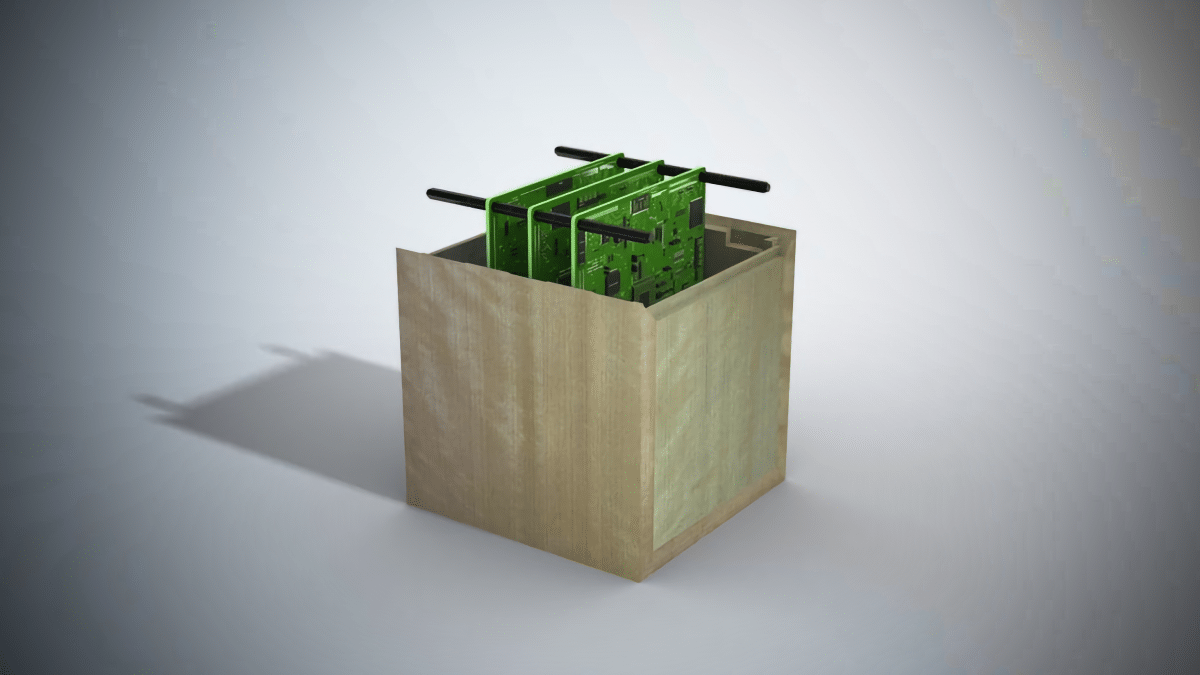Ecological space travel is being researched in Japan. Timber company Sumitomo Forestry and Kyoto University have completed the first long-term trial of wood as a building material in space. Various types of wood were subjected to endurance tests on the International Space Station ISS for ten months to find out whether the terrestrial material is also suitable for the construction of satellites.
The result was announced by the team after an initial investigation in May. “The material was stable in the extreme space environment with large temperature fluctuations and strong cosmic rays, confirming the excellent durability of the wood,” the conclusion reads.
Magnolia wood in space
In 2024, a wooden satellite is to be built as planned, using the wood of the Honoki magnolia, which is native to northern Japan. However, this will not be the first spacecraft made of wood. NASA has already wrapped lunar probes in balsa wood. In 2021, the Finnish “Wisa Woodsat”, a microsatellite made of plywood, won the prize for the first wooden satellite. But the Japanese are the first to be able to make statements about the durability of their product thanks to detailed studies.
LignoSat is what the Japanese call the artificial satellite Made in Japan. Ligno stands for tree, Sat for satellite. In addition to the magnolia, the team also tested the Kamchatka birch and mountain cherry, which also grow in Japan. The samples were examined visually and microscopically for cracks, distortion, delamination and surface abrasion. It was confirmed that no damage such as cracking, deformation, peeling or surface abrasion was found in any of the wood species.
In addition, the scientists and engineers looked to see if cosmic rays and atomic oxygen produced under solar radiation in low Earth orbit have led to loss of surface layers, chemical changes and decomposition. “It turned out that there was almost no damage,” the researchers said.
No differences were found between the three tree species tested. Therefore, other criteria such as high workability, dimensional stability and strength were decisive for the choice of magnolia wood.

Japan has always tried everything possible with electronics – and often the impossible. Every Thursday our author Martin Kölling reports on the latest trends from Japan and neighboring countries.
For robust products on earth
The world owes the idea to Japanese astronaut Takao Doi. He was appointed Professor at Kyoto University Aerospace Exploration Research Unit in 2016. There he started a research project on the applicability of wood in space. In addition to wood as a building material, the growth of trees under reduced gravity and low pressure is also being researched there. Sumitomo Forestry was brought on as a partner in the hope that the high-flying research would also provide insights for new, particularly robust products on Earth.
Because the Japanese timber group is always on the lookout for new fields of application. Last year, Sumitomo Forestry claimed to have developed a technique to build 350-meter skyscrapers out of wood. In April, the group announced that it would take part in the first earthquake test of a ten-story wooden house.
A large vibrating table is used in the NHERI-TallWood project by the Colorado School of Mines and participating international universities. First, an earthquake in San Diego, California is simulated. After that, Sumitomo Forestry wants to test according to its own criteria and use the findings for the development of medium-sized and large wooden buildings, which are promoted in Japan and abroad. Who knows, maybe the technologies can also be used for lunar settlements.
Recommended Editorial Content
With your consent, an external YouTube video (Google Ireland Limited) will be loaded here.
Always load YouTube video
Earthquake simulation on a vibrating table with a 10-storey wooden building.

(jl)
